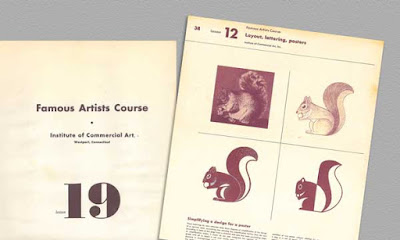In the 1930s the London Transport was a key player in the advancement of advertising design. Many of the best known of these examples were created by Frank Pick.
A statistician and attorney, Pick provided the vision that would make London’s
urban transportation the popular heartbeat of the city.
A statistician and attorney, Pick provided the vision that would make London’s
urban transportation the popular heartbeat of the city.
Appointed to run the LINER (London Northeastern Railway) establishment in 1933, Pick wanted the transport system signage to educate and inspire those who used its services. Focusing on the destination rather than the transport system itself, Pick took personal responsibility for the artists he would employ.
He appointed a very ambitious list of artists to complete this task. Pick even went as far as organizing gallery exhibitions of these posters to promote the artistic cause further. Some of the artists to be commissioned were the popular Bauhaus artist Laszlo Moholy-Nagy and the Dada surrealist artist Man Ray.
He continued to employ Johnston to create an exclusive typeface for the company that was very clean in design but indisputably the look of 20th century modern typefaces.
As Pick’s role expanded within the Underground management, his talents in design extended to include station architecture, product design and even train and bus design.
If you used the transport system in the 1930s these were the posters that dominated the landscape. The simple uncomplicated style of Tom Purvis was typical of this period. He expanded the look of the underground poster with the use of a much wider color pallet.
Purvis created a series of straightforward illustrations but spectacular in their simplicity.
The style was perfectly suited for the large scale advertising with bold shapes that could be readily picked up from a distance. Strong bold colors punctuated by areas of black and white complemented by organic shapes, I use his work in illustration courses as a prime example for the young illustrator who is eager to over complicate an image.
By the end of that decade he would be honored as one of the biggest names in commercial design. The fonts used were of clean lines of Gothic sans serif faces that became the trademark of LNER advertising under Purvis’ domain. The font Gil Sans appeared in 1928, and it became the choice of many designers for the elegant but not overly ornate curvilinear forms the font is structured on.
In the poster-Thanks to the Underground, by Zero, the artist Hans Schleger,
like many poster artists of the day, used the roundel as an integral part of the design. During the 1930s, commissions from internationally known designers such as Schleger greatly enriched the artistic range of London Transport posters.






















